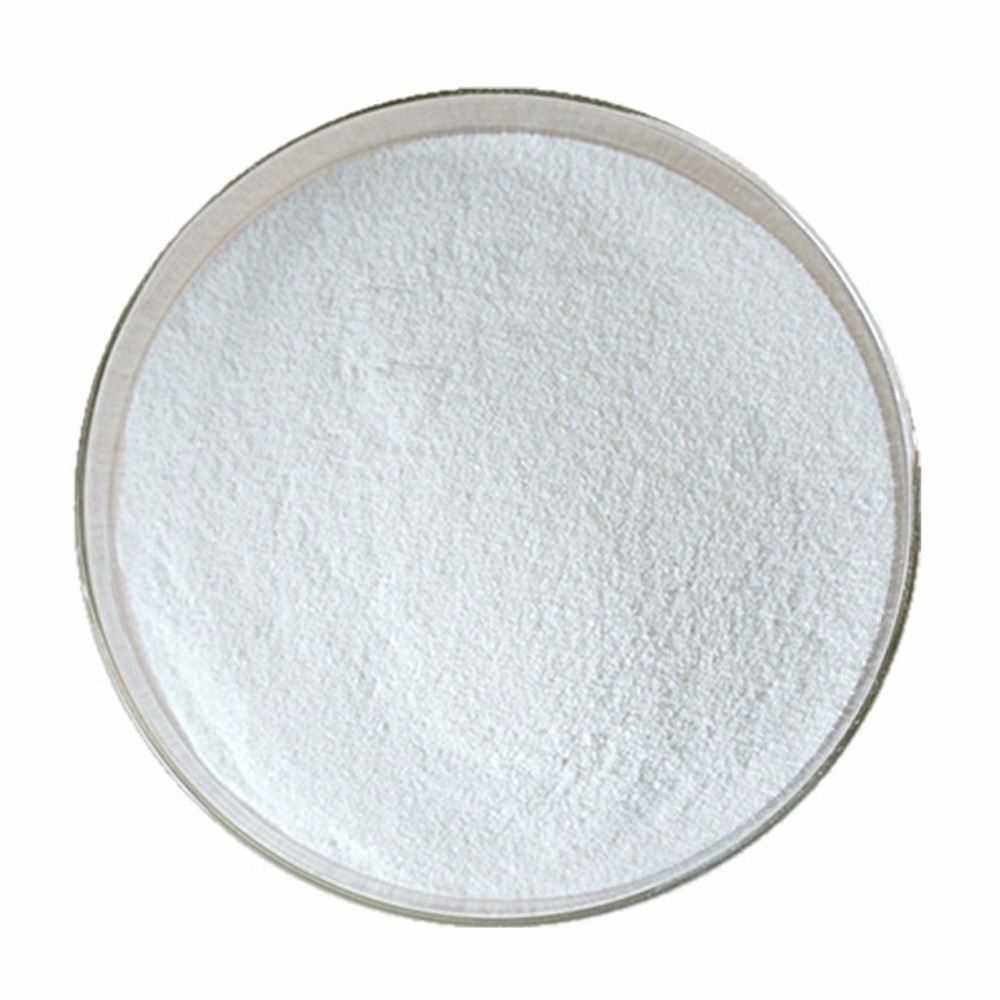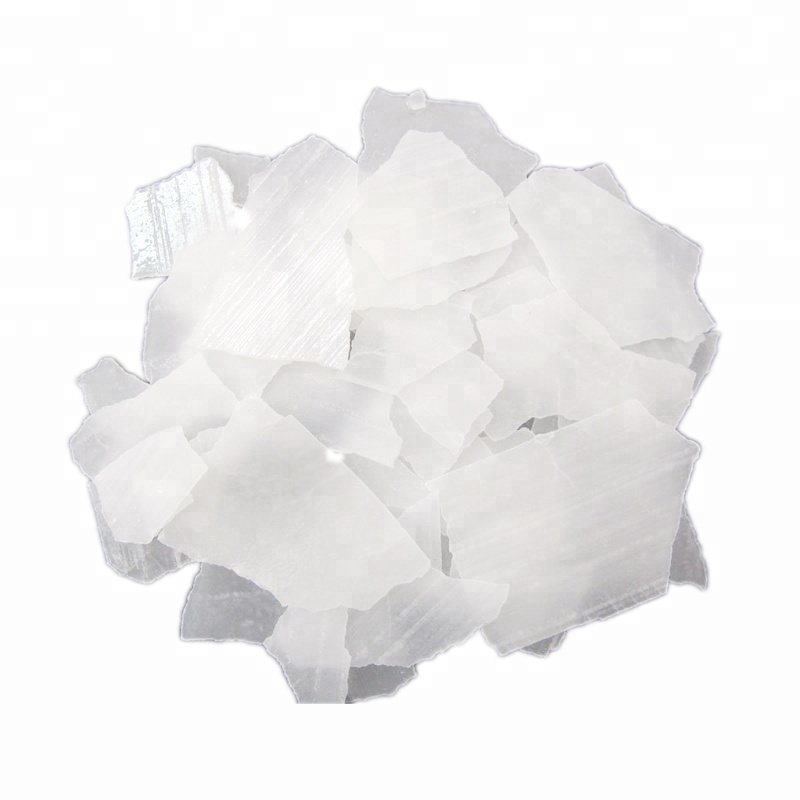--
Sodium hydroxide, whose chemical formula is NaOH, commonly known as caustic soda, caustic soda and caustic soda, is a strong caustic with strong corrosiveness, generally in the form of flake or block, which is easy to dissolve in water (release heat when dissolving in water) and form an alkaline solution. In addition, it has deliquescence, which is easy to absorb water vapor (deliquescence) and carbon dioxide (metamorphism) in the air. Hydrochloric acid can be added to test whether it is metamorphism.



NaOH is one of the necessary chemicals in chemical laboratory and one of the common chemicals. The pure product is colorless and transparent crystal. The density is 2.130g/cm3. Melting point 318.4 ℃. Boiling point 1390 ℃. Industrial products contain a small amount of sodium chloride and sodium carbonate, which are white and opaque crystals. There are massive, flaky, granular and rod-shaped, etc. Formula 39.997.
Sodium hydroxide can be used as alkaline cleaner in water treatment, soluble in ethanol and glycerin; insoluble in propanol and ether. It has disproportionation reaction with chlorine, bromine, iodine and other halogens. Neutralize with acids to produce salt and water.